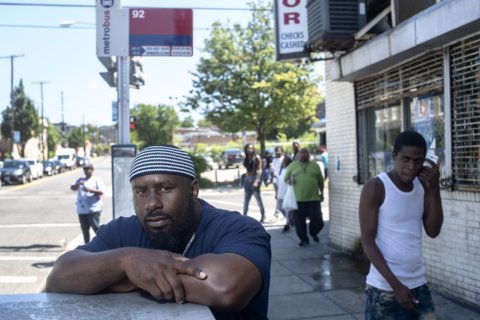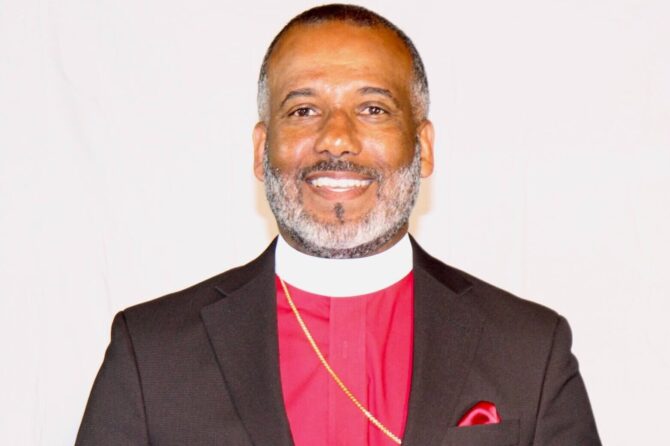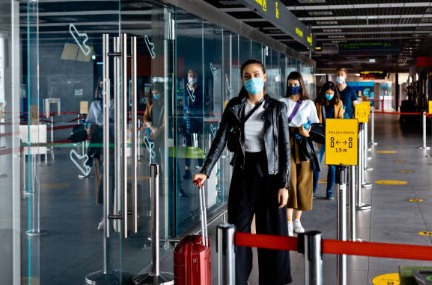For years, violent crime has been on the rise in the District.
The number of homicides so far this year already outpaces those last year by 10%, District crime data shows.
The grim statistics put 2022 on track to become the most violent year in the District in nearly two decades.
To help curb the violence, the city has begun enlisting the help of everyday people trained in one-on-one intervention with at-risk community members.
These citizens, called violence interrupters, are tasked with mitigating conflicts across 22 designated neighborhoods with high crime rates, a program overseen by D.C.’s Office of Neighborhood Safety and Engagement (ONSE).
The District is planning to add more interrupters.
But a new report by the D.C. auditor says it’s not clear if the program is working.
Violence that doesn’t happen
One of the audit’s major findings said that while ONSE collects and reports data on violence intervention activities and violent crime trends in its defined communities, “the data are too scattered and incomplete to pinpoint the program’s impact on violent crime.”
Without clear data, the audit says, there’s no way to prove that the violence interrupter’s efforts are the reason incidents of violence did not occur.
Other violent crime statistics highlighted by ONSE – like overall reductions in violent crime or decreases in assaults or thefts – don’t help to clear up the program’s effects, because they apply only to specific communities, types of crime or limited time periods.
Spread too thin
ONSE employs eight full-time and 22 part-time violence interrupters to mitigate conflict and crime in the 22 communities they serve around the city.
Such limited staffing for so many locations leaves some neighborhood sites with no full-time support, and others with very little.
The auditor found that eight priority communities were served only by a part-time interrupter, and four priority communities were served by a single full-time interrupter.
Those numbers are concerning to some anti-violence leaders and advisory neighborhood commissioners interviewed by the D.C. auditor, who called into question the ability of a single individual to create a fundamental shift in a community experiencing severe, persistent violence.
Nowhere in the District is this phenomenon more evident than in Wards 7 and 8, which experience the bulk of the city’s violent crime.
Despite this, Ward 7 has only one full-time and five part-time interrupters spread across its five priority locations. Ward 8 has no full-time violence interrupters, but instead 10 part-time staffers and one “floater,” spread across its eight priority communities.
An anonymous commissioner from Ward 7 expressed doubts that a part-time violence interrupter could affect real change in a neighborhood, telling the D.C. auditor, “This work isn’t a four-hour-a-day type of opportunity.”
This article was written by WTOP, to read the full article here.
Editor’s Note: WTOP reached out to ONSE and the Office of the City Administrator’s Gun Violence Prevention program for comment. Neither made a representative available for comment before this story’s publication.










